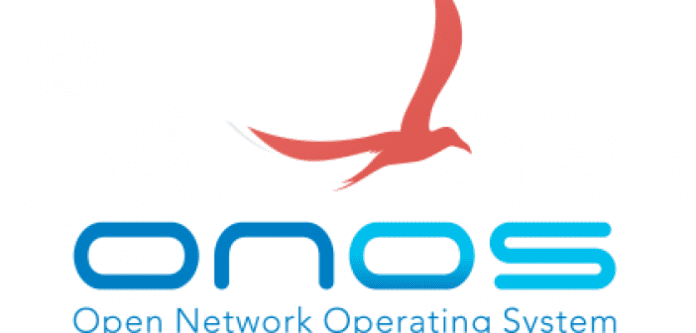ONF and ON.Lab note ONS Project enhancements to better support legacy network operations looking to take advantage of SDN.
The Open Networking Foundation and Open Networking Lab recently unveiled the latest fruits of their partnership around the Open Network Operating System Project, which included a new platform release said to be in lab and field trials.
The ONOS Project, which is targeted at support for open source software-defined networking and network functions virtualization deployments for service providers, is said to now include “incremental SDN” and “disruptive SDN” capabilities.
The incremental SDN mode is designed to support brownfield deployments that need to work with legacy systems where the control plane remains embedded in the network devices. In these deployment scenarios, the ONOS platform can be used on an as-needed basis to import and manage device-specific netconf and yang models in a distributed database, and dynamically sync and apply configurations to the network.
“Should the network devices ever fall out of sync with the configuration intent in ONOS’ database, ONOS will automatically bring the network back to the desired state,” ONF and ON.Lab explained in a statement. “In this way, centralized configuration can be organized, replicated, pushed and verified on the network, enabling ONOS to support ‘incremental SDN’ deployments of brownfield networking equipment alongside disruptive SDN where full control is managed by ONOS in real time.”
The disruptive SDN model is more straightforward in that it leverages white boxes and ONOS for real-time network control.
Other ONOS platform enhancements include the addition of IPv6 routing; virtualized local area network tagged external interfaces; AAA endpoint authentication for Whitebox Leaf-Spine Fabric; and an updated web user interface said to improve access with regional topology views providing deeper information on network activity.
The last major update to the ONOS Project was released last September under the “Hummingbird” tag, and included improvements to availability and scalability; expanded southbound and northbound protocols; and improved ability to support incremental SDN on legacy devices.
ONF and ON.Lab announced merger plans last October, with the new entity set to run under the ONF name and be headed by Guru Parulkar, ON.Lab founder and executive director. The organizations noted the legal combination is not expected until later this year, with both entities maintaining “the integrity of both organizations and separate, but closely affiliated operations” focused on SDN and open source platforms until that time.
The move came one month after ONF lost its long-standing executive director Dan Pitt, who had headed the organization since its founding in 2011 by a handful of technology and telecom heavyweights, including Deutsche Telekom, Facebook, Google, Microsoft, Verizon Communications and Yahoo. Pitt has since joined networking trade group MEF, which was previously known as the Metro Ethernet Forum.
ONF and ON.Lab earlier this year launched their Open Innovation Pipeline targeted at counteracting the move by vendors using open source platforms to build proprietary solutions. ONF said the initiative will tap into network virtualization work behind SDN, NFV and cloud technologies, with those contributing work into the OIP being able to benefit from inclusion into the ONOS Project and central office re-architected as a data center platform, and vendors gaining access to operator deployments.
Bored? Why not follow me on Twitter.

